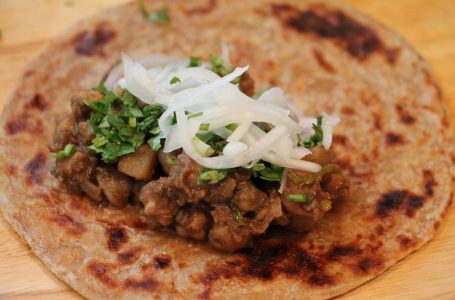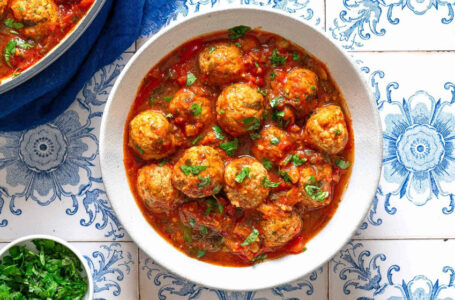Delicious Diwali Dishes Recipes that you must make this year
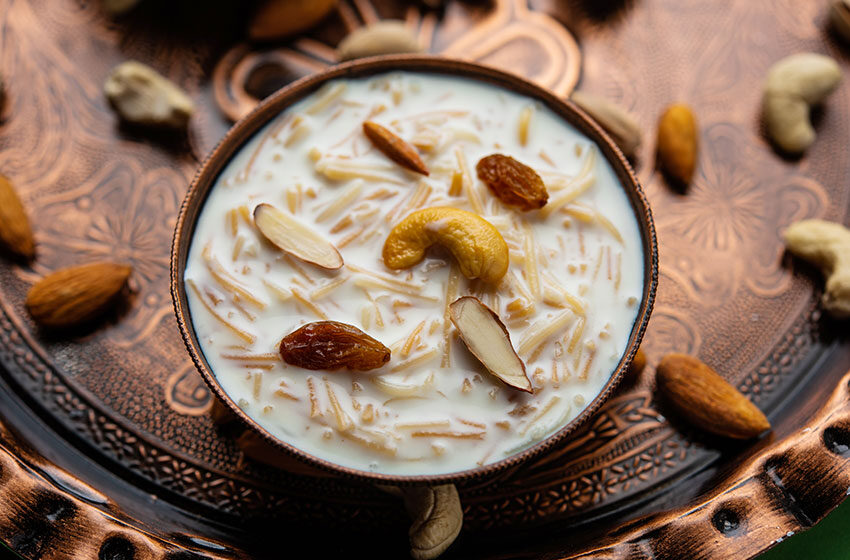
People have already started cleaning the kitchen shelf, counters, and cabinets; the living room and the individual bedrooms that didn’t get as much attention are finally receiving the much-needed sprucing up. On the other hand, old clothes and utensils that took up space are being discarded to make room for new ones.
Family members have already started discussing the events they will attend while listing down relatives they will invite for evening gatherings. So, yes- Diwali is just around the corner, and we cannot wait to get together with all our family members and rejoice in the festival.
Although the past two to three years did not have favorable conditions to support the “festival of lights” mass celebration, there are no such restrictions this year. Furthermore, the Australian Government has been consistently working towards safeguarding people’s health and well-being. So, you can celebrate with your loved ones at various Diwali events at different venues in the city.
However, if you are planning to organize a special get-together with your family members and friends, you probably need to prep for it a week or two before. Besides, decorating the house with lights and rangolis is not as stressful as arranging special meals; last-minute decisions on cooking specific items may not go as planned. Therefore, you might want to look at some unique Diwali recipes that will undoubtedly make for a delicious festival meal that your guests will remember for a long time.
Nargisi Kofta Curry
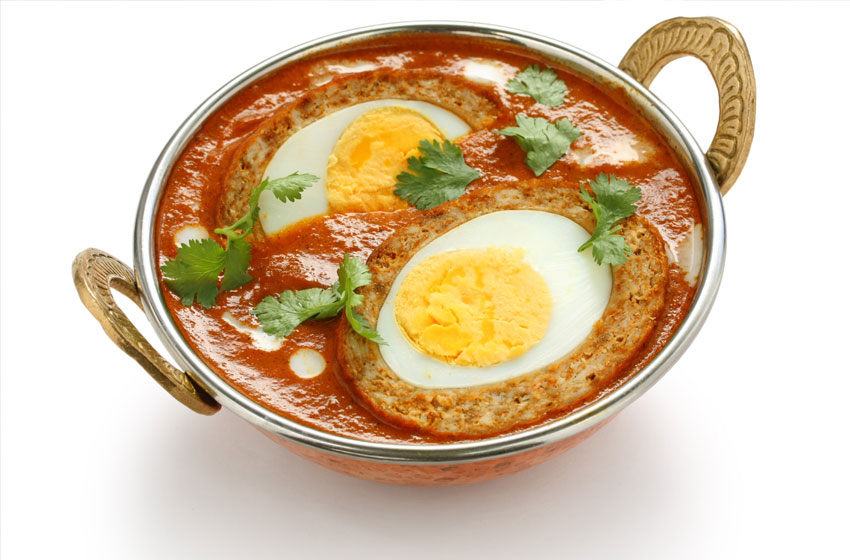
If you have eaten or cooked scotched eggs, you would recall how marvelous they tasted; but did you know that the British developed the elaborate egg preparation after being inspired by Nargisi Kofta Curry? Yes, that’s right, scotched eggs are the British version of Nargisi Kofta.
Furthermore, Nargisi Kofta gets its name from the Nargis flower, also referred to as the narcissus flower; besides, when you slice into the kofta, it opens up like a flower. One can track the dish’s history back to the Hyderabadi and Awadhi royal culinary lineages, wherein whole spices and different kinds of meat were central to celebratory meals.
Although it requires multi-step preparation, you can do it relatively smoothly with the help of the recipe written below:
- Fill a pan with water and put four to five eggs in it (the number of eggs depends on you); cover the pot and bring it up to a boil. Boil the eggs for six to eight minutes on low to medium flame, turn off the heat, take the pan off the stove and cover it for eight to ten minutes.
- Fill a large bowl with ice and cold water and transfer the boiled egg to the bowl; cool the eggs for at least five minutes and crack the eggs gently with a spoon’s back. Then, peel the eggs while submerging them in the water.
- Add minced chicken, freshly chopped coriander, two to three cloves of garlic, red chili powder, ground coriander, garam masala, and panko breadcrumbs in a large mixing bowl, and salt. Mix all the ingredients nicely and make tennis ball-sized portions using the palms of your hands. Ensure to make five to six meatballs.
- Next, pat down the meatball to make a patty, and to that add the boiled eggs in the patty’s center one by one. Also, make sure that you cover the eggs from all around the sides.
- Heat vegetable or mustard seed oil while coating the koftas with rice flour, then fry each kofta for five to eight minutes; turn each of them alternately until they turn golden brown. Also, you don’t need to worry about the meatballs being cooked all the way through or not, as you need to cook them further in a sauce.
The Gravy or Sauce
- Blend three onions, two tomatoes, and four to five green chilies; next, heat two tablespoons of ghee in a pan and saute two teaspoons of cumin seeds for thirty seconds. Next, add the tomato and onion paste to the pan; add turmeric, ground coriander, and deggi mirch and mix well.
- It would be best if you cooked this mixture well until it appeared dry and fluffy and slid it around the pan easily. Also, you can add a splash of water if the mixture starts to burn. Next, add the tomato paste with a pinch of salt and cook the entire mixture very well. Next, take one to two tablespoons of the tomato masala from the pan into a bowl and mix two to three tablespoons of yogurt.
- Then, add the bowl’s yogurt mixture with a half cup of separate yogurt into the pan; mix the masala well with a spatula. When it gets a little dry, add one cup of water to create a gravy, mix well, and bring to a simmer. Finally, add the meatballs and coat well with the sauce.
- Cover with a lid and simmer on low for 5-10 minutes or until the gravy reaches your preferred consistency.
- Finally, you can garnish it with crushed Kasuri methi or freshly chopped coriander leaves.
Note:
- A traditional Kofta recipe requires mutton or lamb mince, but you can either use that or chicken.
- Do not forget to add breadcrumbs as it gives consistency to shape the meatballs.
- Make sure to adjust the spices and not add too many; meatballs are the star of this recipe, and how you slowly cook them is also vital.
- You can serve Nargisi Kofta with parathas or pulaos.
Navratna Korma

Kormas are popular for different vegetables, meats, and spices that have been used in cooking them, and people usually make them during special occasions. For example, take a look at the recipe below :
- First, blanch the almonds and blend them with coconut milk in a blender; heat two to three tablespoons of ghee in a pan and add onion paste to it. Saute the mixture on low to medium flame and ensure not to burn it.
- Add three to four cloves, peppercorns, two cinnamon sticks, and three cardamoms in the onion paste and mix well. Next, add diced potatoes, cauliflowers, peas, and capsicums and mix well with the masala; add salt and Kashmiri chili powder and saute the mixture until the vegetables get coated with the spices.
- After five to eight minutes, add one small cup of coconut milk to the vegetable mixture and let it simmer for two to three minutes. Finally, Garnish the Korma with cashews and freshly cut coriander leaves.
Heavenly Vermicelli
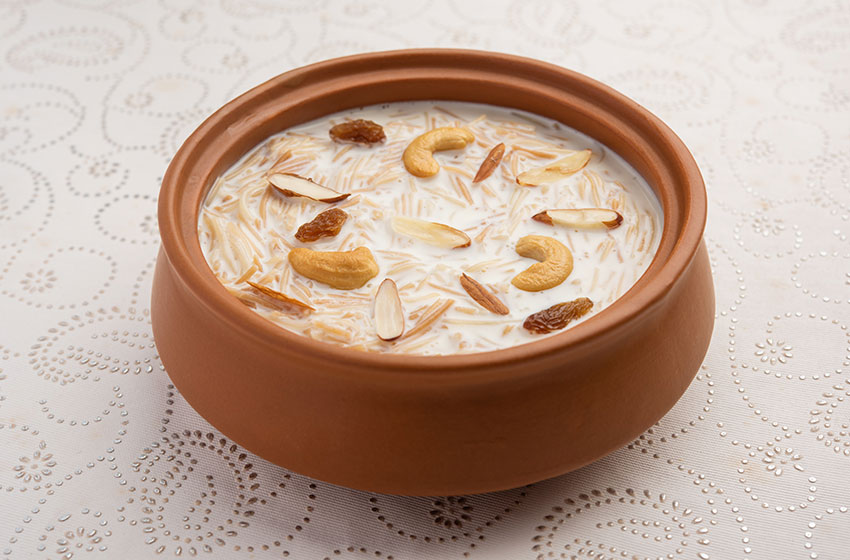
Now that you have two fantastic main Diwali dishes, you need to prepare a dessert towards the end of the meal. Furthermore, you can not complete a feast without a fitting sweet dish, so we bring you Heavenly Vermicelli, which will surely make your guests go numb in the knees due to its heavenly taste.
- First, crush the cardamom seeds and caster sugar into a powder with a pestle and mortar, or you can use a mixer grinder. Next, put in a pot or saucepan with the milk and bring to a boil on medium heat, stirring occasionally.
- Heat two to four tablespoons of ghee in a pan over medium heat and fry the vermicelli for three to five mins, stirring continuously, until darkened. Next, pour warm milk over the vermicelli and continue simmering, stirring all the time, for five mins or until the mixture thickens. Next, stir in the jaggery and cook it for another five to two to three minutes.
- Whisk the coconut milk with a spatula to break up any lumps and pour it into the pan. Bring to a simmer, then stir in the raisins. Spoon into small bowls and scatter over the fried cashews before serving warm.




